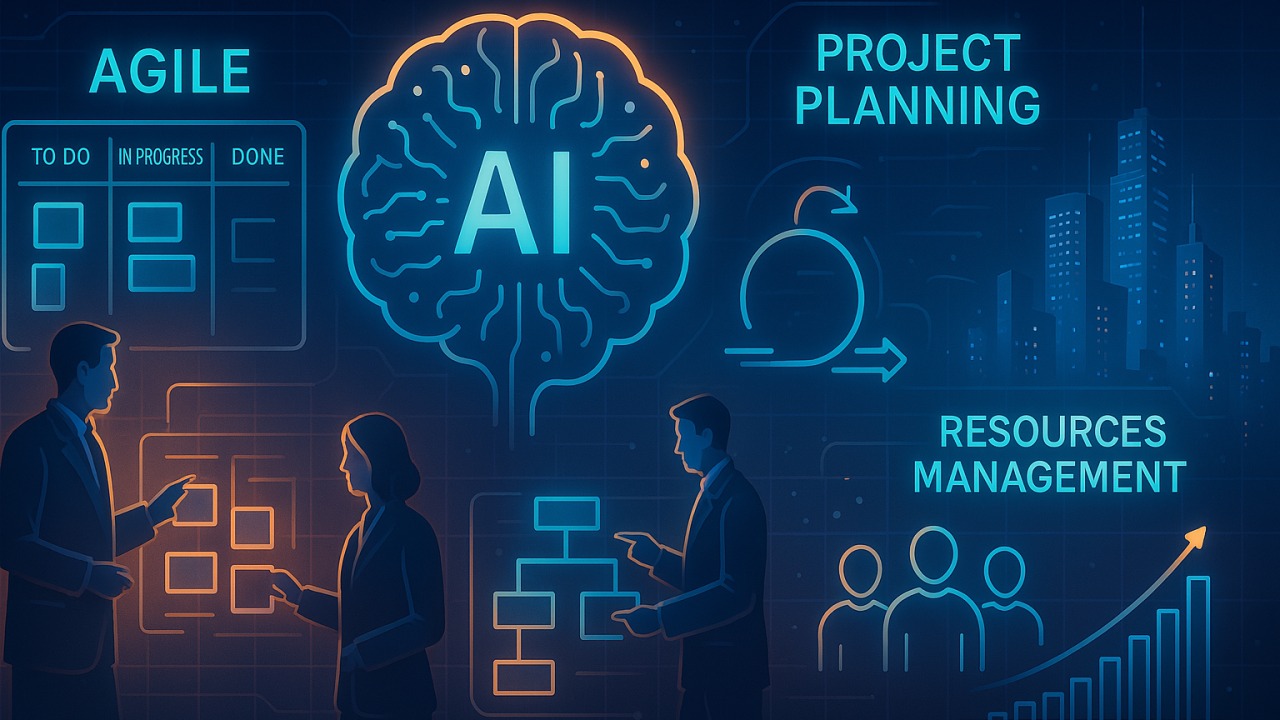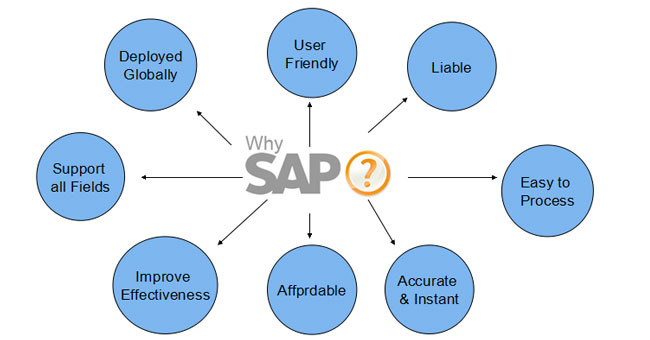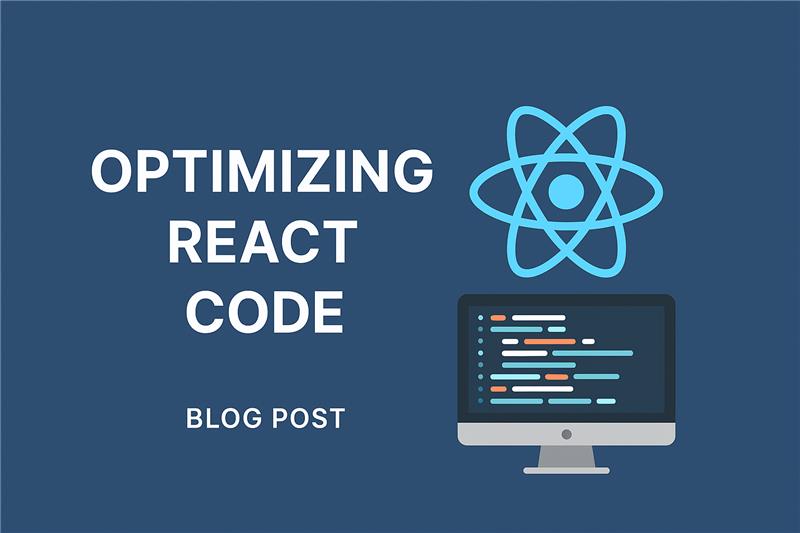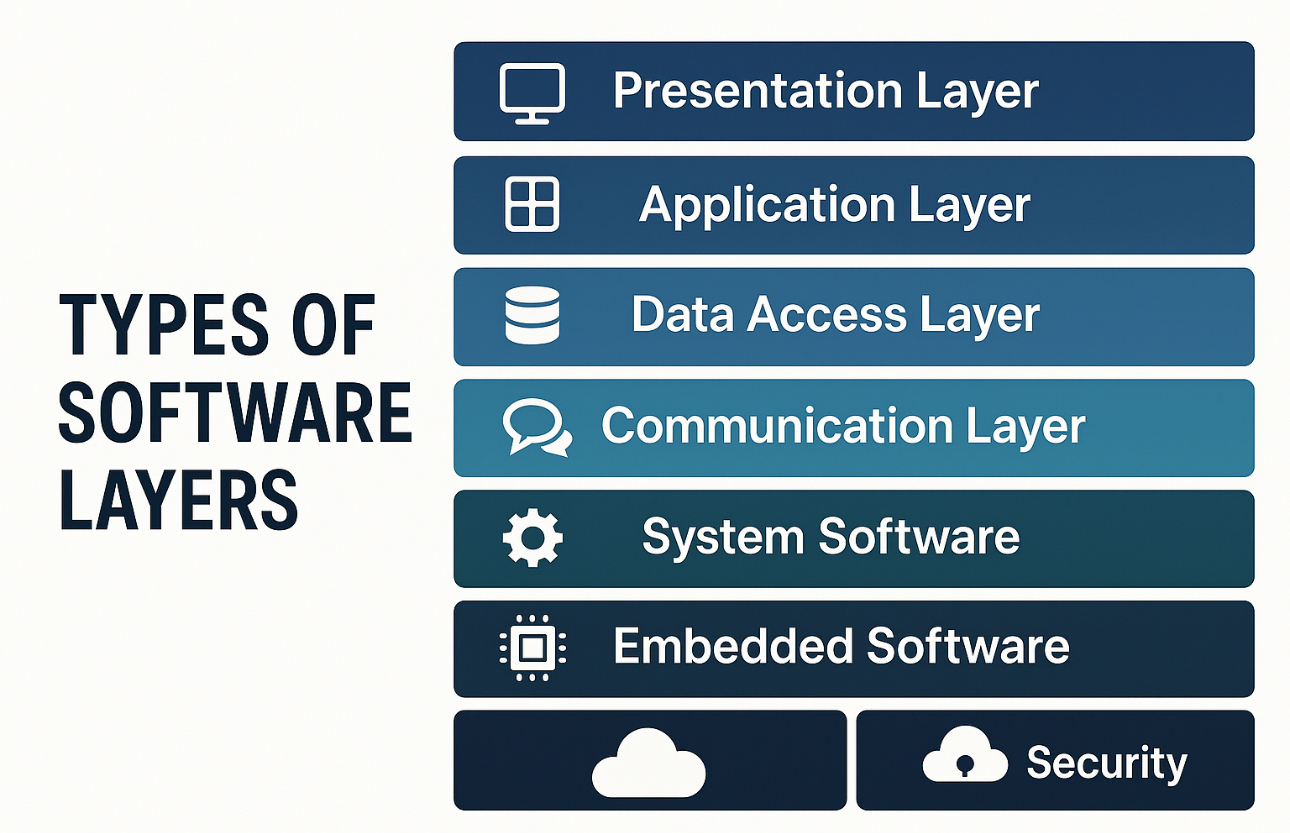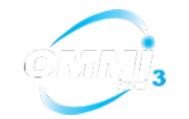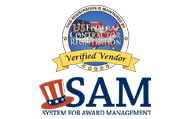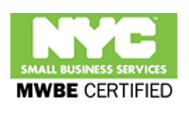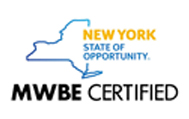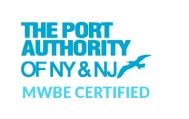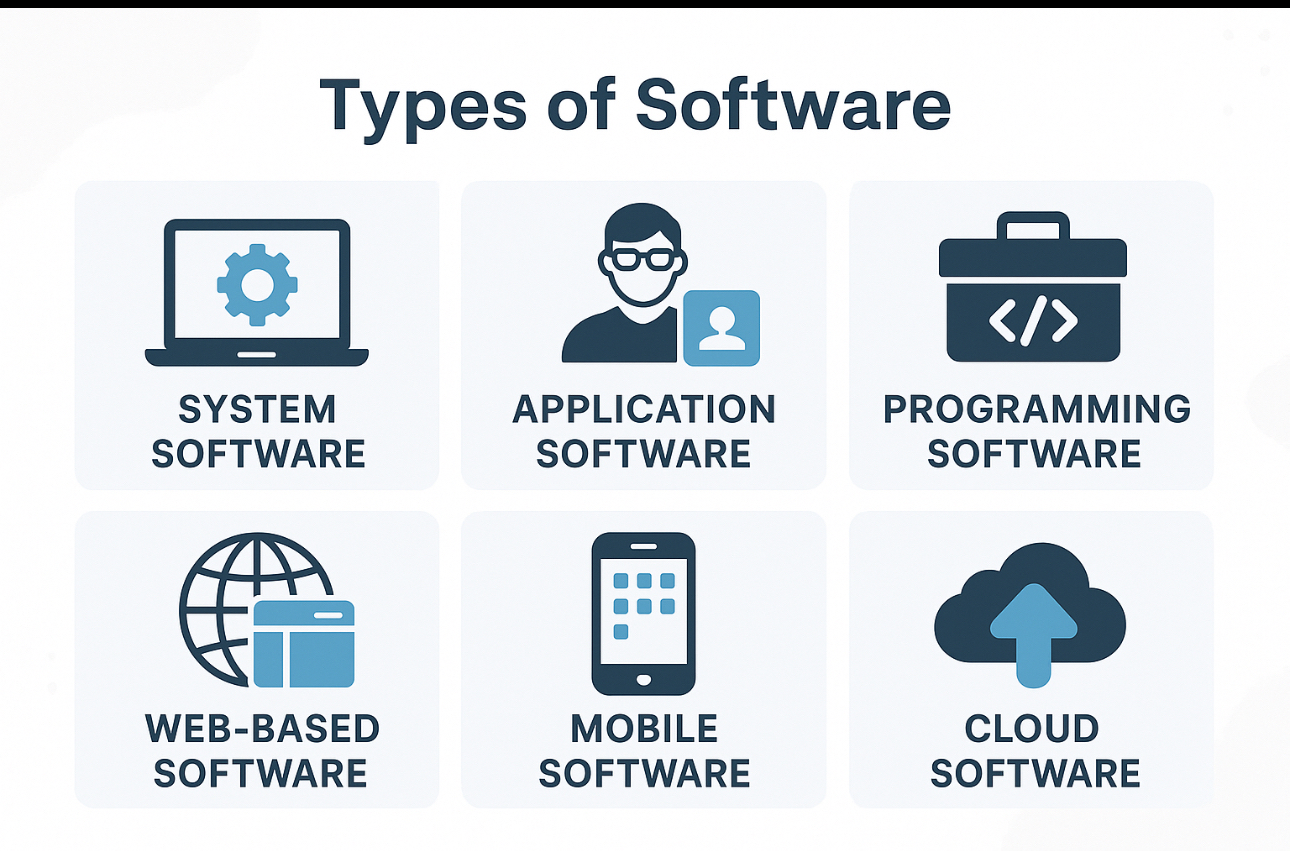
Introduction
Software is the backbone of the digital world. From mobile apps and cloud services to embedded systems and development tools, each category of software is designed with a specific purpose and functionality in mind. Understanding these types helps professionals build, select, and manage the right solutions for personal, business, or industrial needs.
1. Mobile Application Software
Definition:
Software specifically built for mobile devices such as smartphones and tablets. It leverages mobile hardware features (GPS, camera, sensors) and provides intuitive, portable interfaces.
Features:
- Provide touchscreen user interface
- Access mobile sensors (GPS, camera, accelerometer)
- Send notifications and real-time updates
- Enable app store distribution and user engagement
2. Web Application Software
Definition:
Web apps are browser-based programs hosted on remote servers. They don’t require installation and work across platforms through the internet.
Features:
- Deliver content and services via browser
- Enable responsive and dynamic user interfaces
- Support data retrieval via APIs
- Facilitate real-time collaboration (e.g., Google Docs)
3. Desktop Application Software
Definition: Applications installed on and run from a user’s computer. They utilize full system resources and often work without an internet connection.
Features:
- Offer offline access and local file handling
- Use system-level resources (CPU, memory, GPU)
- Perform complex tasks (e.g., image editing, simulations)
- Integrate with OS features and local hardware
4. System Software
Definition:
System software supports the core functioning of a computer. It manages hardware, runs system-level tasks, and enables applications to execute.
Features:
- Manage memory, processes, and hardware
- Translate code (via compilers/interpreters)
- Facilitate I/O operations and peripheral control
- Provide diagnostics, backup, and maintenance utilities
5. General-Purpose Application Software
Definition:
Versatile software designed for everyday use in work, education, and entertainment—such as word processors, browsers, and media players.
Features:
- Create, edit, and format documents
- Manage email, calendar, and browsing
- Play and convert multimedia
- Perform spreadsheet and data analysis
6. Embedded Software
Definition: Firmware embedded in hardware devices for performing specialized control tasks. Common in IoT, robotics, automotive, and industrial systems.
Features:
- Interact with hardware (sensors, motors)
- Handle real-time input/output
- Ensure low power and memory usage
- Maintain long-term reliability and stability
7. Development Software
Definition:
Tools used by developers to build, test, and deploy software. They support code editing, debugging, collaboration, and automation.
Features:
- Write and debug source code
- Manage software versions (Git)
- Run unit and integration tests
- Automate builds and deployments (CI/CD)
8. Gaming Software
Definition:
Software for creating and running interactive games. Includes engines, scripting tools, and rendering systems used across platforms.
Features:
- Render 2D/3D game environments
- Simulate physics, animations, and AI
- Manage input, audio, and player data
- Enable multiplayer networking and asset management
Conclusion
Each type of software serves a unique purpose in the technology stack. Whether it's for communication, control, content creation, or code development, these categories help define how systems operate and how users interact with digital platforms.
References
1 mobile application
https://developer.android.com/
2 web application
https://learn.microsoft.com/en-us/entra/identity-platform/index-web-app
3 desktop application
https://learn.microsoft.com/en-us/windows/apps/desktop/
4 system software
https://www.geeksforgeeks.org/software-engineering/overview-software-documentation/
5 general purpose software
https://learn.microsoft.com/en-us/office/
6 games development
7 development tools
https://code.visualstudio.com/docs
8 cloud deployment
Post a comment Cancel reply
Related Posts
Empowering Business Analysts: How AI is Revolutionizing Agile Practices
In today's fast-paced digital landscape, Agile methodologies are no longer optional— they're essential for organizations…
What is SAP? How does it work?
The full form of "SAP" is “Systems Applications and Products in Data Processing” which is…
Optimizing React Performance: An Advanced Guide for Scalable Applications
In today’s fast-paced digital ecosystem, software systems have become the backbone of every enterprise’s technological…
Types of Software Layers
In today’s fast-paced digital ecosystem, software systems have become the backbone of every enterprise’s technological…

